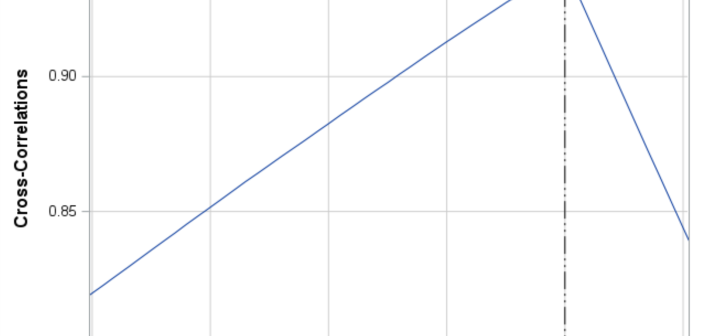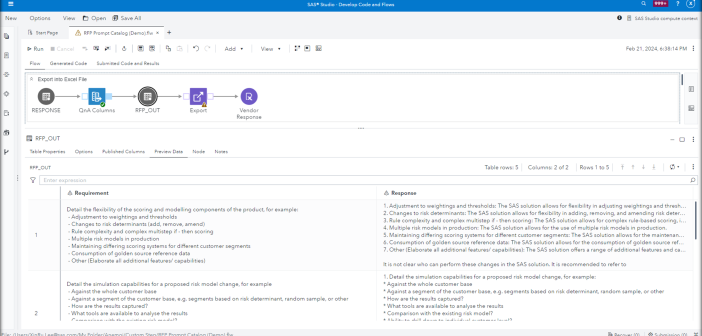The SAS Data Science Blog
Advanced analytics from SAS data scientists
Batch manufacturing involves producing goods in batches rather than in a continuous stream. This approach is common in industries such as pharmaceuticals, chemicals, and materials processing, where precise control over the production process is essential to ensure product quality and consistency. One critical aspect of batch manufacturing is the need to manage and understand inherent time delays that occur at various stages of the process.

SAS' Federica Citterio answers the perennial data science question: "How can I trust (generative) LLM to provide a reliable, non-hallucinated result?"

Authors: Steven Harenberg and Amy Becker The total solar eclipse taking place across a thin band of the United States on April 8, 2024, is going to be a stellar event. In this post, we will help plan a journey to see the total solar eclipse. We will use algorithms

SAS Viya can allow users and organizations to more easily interface with the LLM application, build better prompts and evaluate systematically which of these prompts leads to the best responses to ensure the best outcomes.

SAS' Varun Valsaraj demonstrates how to build a digital assistant for a warehouse space optimization use case.

SAS' Julia Florou-Moreno shows you how to use generative AI to build a digital assistant that interacts with a model using natural language conversation.





